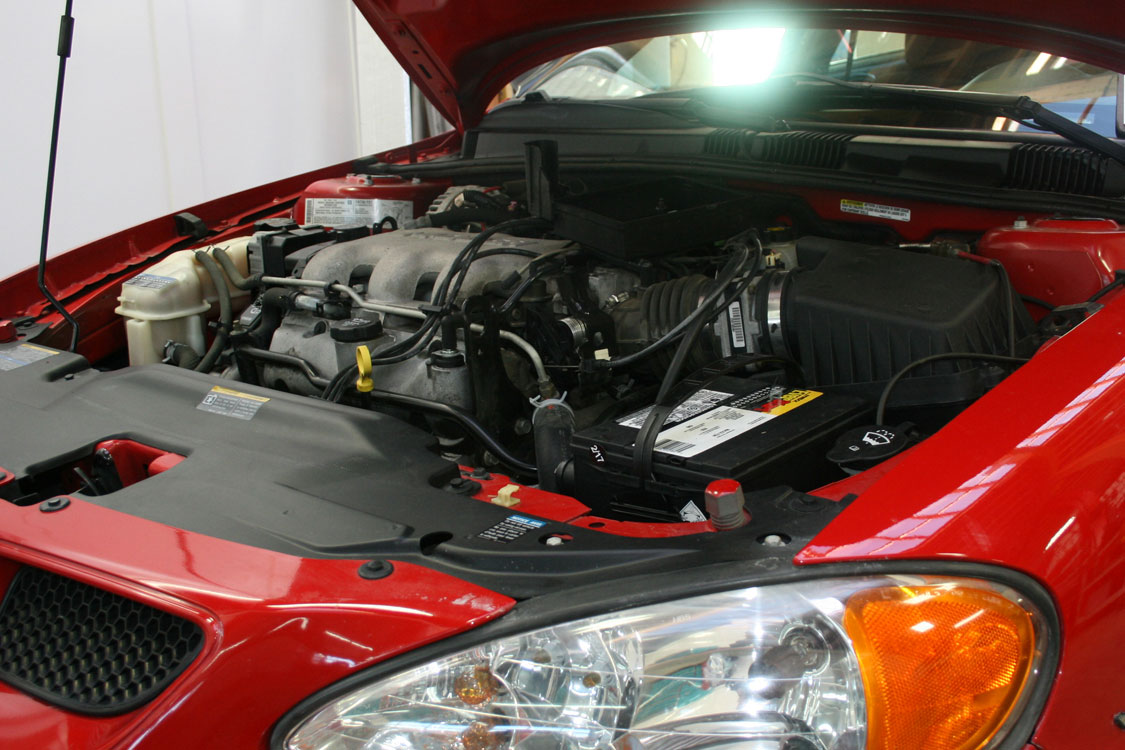
What is a Tune-Up?
The term “tune-up” was coined back when Henry Ford was working on his first prototype for the automobile. This first ignition system was very simple; one ignition coil for one spark plug, so if there were four spark plugs there would be four ignition coils. These coils needed to be adjusted to provide the same spark intensity for better idle and acceleration. As these coils worked they made a buzzing sound so when they were adjusted properly they all buzzed the same; therefore they were in tune and that’s how the term “tune-up” was coined. This term stuck and was associated with the replacement of spark plugs and any performance or rough idle problem that could be associated to engine operation. Once the distributor was developed the term tune-up had no meaning as to how an engine performed but to the consumer who was used to hearing this term around a garage, it was automatically associated to poor running quality and the need to be “in tune”.
Today the term tune-up indicates the need for routine maintenance and should not necessarily be associated with poor performance. If your vehicle experiences any operating or performance problems between maintenance intervals, that specific problem should be addressed by performing an engine analysis to isolate that particular problem.
A tune-up today starts with a diagnostic evaluation of the vehicle’s running condition and may include replacement of the following components:
- Spark plugs
- Ignition wires
- Distributor cap and rotor (where applicable)
- Filters
- Oxygen sensors
- Other electronic components
So, a tune-up should be considered part of your vehicles regular maintenance.
